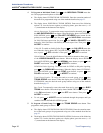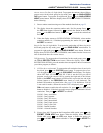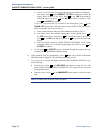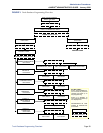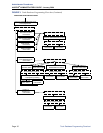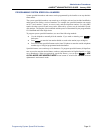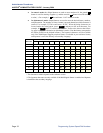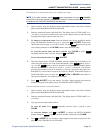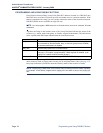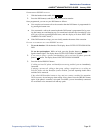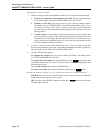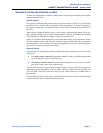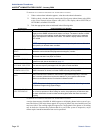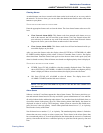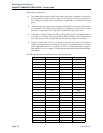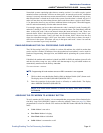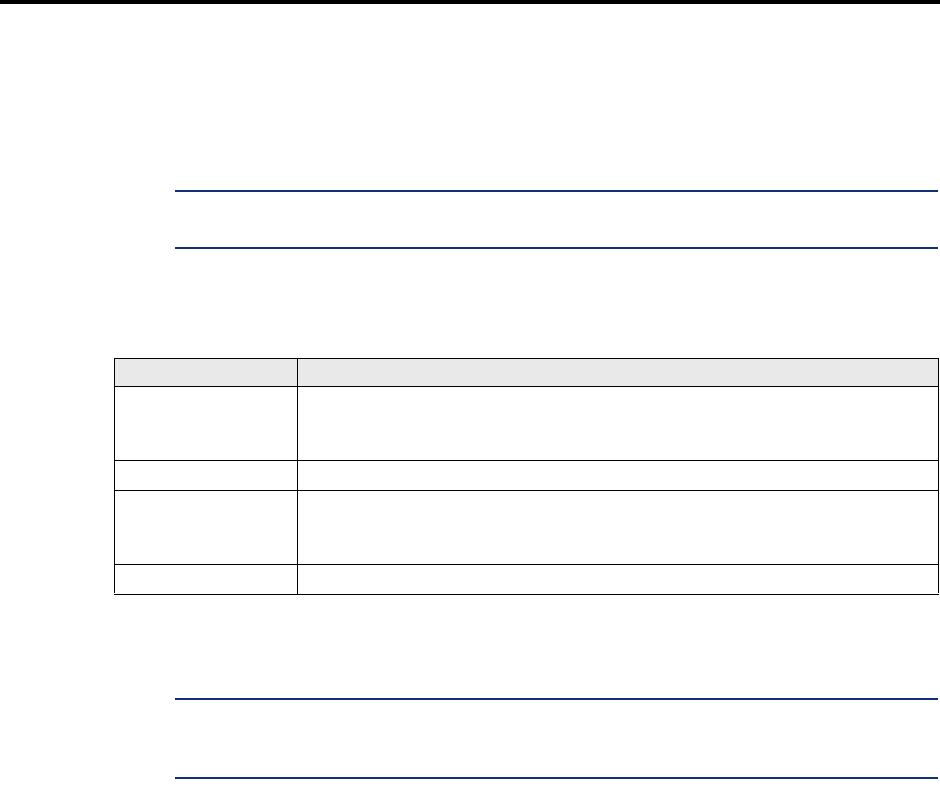
Page 34
Administrator Procedures
AXXESS
®
ADMINISTRATOR’S GUIDE – January 2004
Programming and Using DSS/BLF Buttons
PROGRAMMING AND USING DSS/BLF BUTTONS
Direct Station Selection/Busy Lamp Field (DSS/BLF) buttons (located on a DSS/BLF unit,
Mini-DSS unit, or an Inter-Tel phone) provide one-button access to extension numbers. If the
button is equipped with a lamp, you can visually monitor the status of the associated extension.
DSS/BLF buttons are not available on single-line sets.
NOTE: You can program a DSS button for an off-node device, but not for “wildcard” off-node
extensions.
Together, the lamps in the buttons create a busy lamp field that indicates the status of the
resource (e.g., station, trunk, hunt group, or feature) assigned to the buttons. The table shown
below explains what DSS lamps indicate about the associated resource.
In Database Programming, DSS/BLF buttons may also be programmed for direct access to
other resources (such as paging zones) or they can be assigned feature codes (see page 167).
Busy lamp indication is provided to show the idle/busy status of the resource or feature.
NOTE: Programming a DSS button as a resource does not always provide a transfer capability.
For example, a DSS button programmed for paging will not transfer a party to the paging sys-
tem.
IF THE LAMP IS... THEN...
Solidly Lit The associated resource is busy or all stations in the associated hunt group
are unavailable (in Do-Not-Disturb, busy, or with hunt group remove enabled).
Or, the associated feature is enabled.
Slow Flash The associated resource is in Do-Not-Disturb.
Fast Flash The associated resource has a call ringing in or a call is camped on to the
hunt group. (This option is programmable. If DSS ring flash is disabled, a call
ringing in to a station will show a solidly lit lamp.)
Continuous Flutter The associated resource is causing a STATION OFF-HOOK system alarm.



